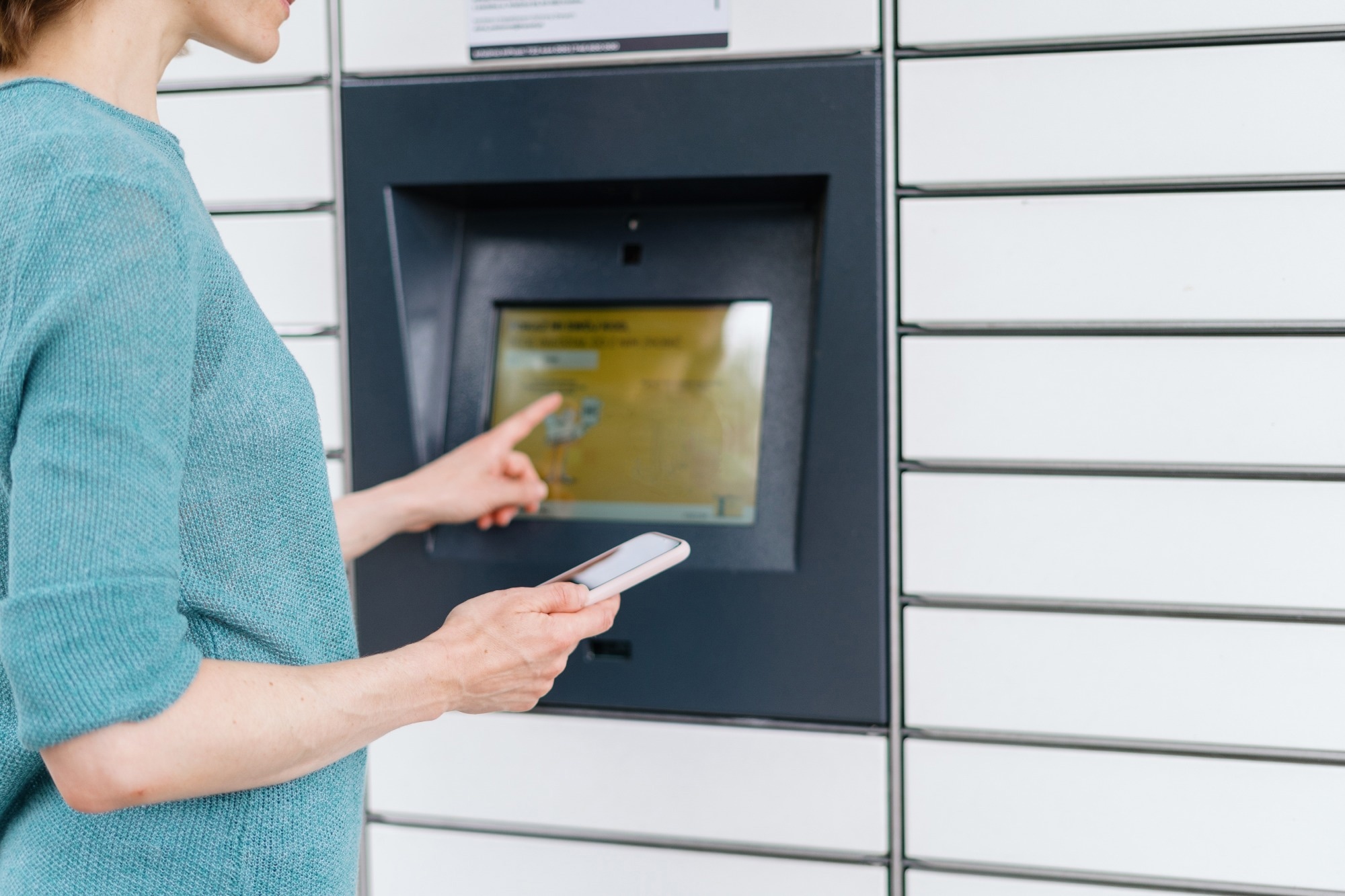This study shows how compact, mobile, and AI-powered stores can cut emissions, adapt to demand, and bring sustainable shopping closer to where people are.

Image credit: brizmaker/Shutterstock.com
A recent article published in Sustainability examined the possibilities of installing small modular retail facilities based on the principles of vending machines, which do not need constant service and social space. Important factors, including architectural and structural, production, environmental, and costs, were analyzed through literature review and expert interviews.
Background
Congested, inflexible layouts and inadequate facilities, such as limited loading and parking areas, limit traditional retail stores in densely populated urban centers. Also, building a new retail store requires time, resources, and permits.
Parcel locker networks in Poland have demonstrated that parcel deliveries using small vans to small machines close to customers can be efficiently implemented even in dense urban centers. Parcel lockers are conveniently installed, operate 24/7, and offer secure storage of parcels, explaining their dominance in the e-commerce delivery system.
Similarly, small self-service stores are compact and can operate as 24-hour vending machines, offering a wide selection of everyday products customized to local needs. Recent technologies like artificial intelligence help such stores track customer traffic and charge for selected products automatically.
This study examined the implementation of small modular retail facilities constructed on the principles of vending machines and how they can be optimized to support sustainable, adaptable urban retail.
Methods
This study considered a small grocery store as an example to better understand the influence of factors from different fields and quantify the environmental impact that can be reduced by altering individual architectural and construction parameters. A triangulation of methods was used for this purpose.
First, the network thinking methodology was employed to analyze the problem from different perspectives. This investigation determined the key factors influencing investment in developing small self-service stores. Subsequently, the isolated factors were grouped into architectural and construction, production, environmental, and cost aspects for a multifaceted analysis.
The grouping of the factors into different research aspects was based on interviews and the brainstorming session conducted at the end. Notably, the 16 identified factors were linked to a network of interactions, and the relationships between the individual factors were analyzed using three approaches: type of impact (bidirectional or unidirectional), direction of impact (equidirectional or multidirectional), and positive or negative for reducing material consumption, costs, workload, and environmental impact.
An “intensity map” was created by plotting each factor’s activity and reactivity and classifying them into active, passive, critical, and lazy categories. Finally, a literature review was conducted on the critical factors (which strongly influence other elements and simultaneously strongly influence themselves), namely aesthetics, production technology, and the carbon footprint.
Results and Discussion
Modular technology allows the transportation, addition, or removal of additional modules for modernization. This is an important aspect from the ecological point of view, as traditional construction generates a greater amount of construction waste. Moreover, construction affects air quality and noise levels.
A self-service store enables efficient space utilization. The module's mobility facilitates a change of location when the investment does not bring the expected profits to a particular place. Moreover, modular solutions help expand or reduce the elements in the store according to the demand in a location. The simplicity of modular objects with an economical, minimalist form also gives a modern and aesthetic appearance.
Using Building Information Modeling (BIM) software, the researchers calculated the carbon footprints of traditional and modular construction methods. Vending machines require significantly less energy than traditional services. Therefore, modular retail facilities have a significantly low environmental impact, which can be further reduced by using ecological materials for construction, including recycled materials. Once built, materials do not generate CO2 and can be reused or recycled after removal.
However, modular technology has certain design restrictions. For instance, the size of the modules must be adapted to the dimensions and lifting capacity of the transport equipment. This is easily resolvable as small modules can be combined to create one space. However, the initial high investment cost for constructing a factory and equipment is a significant disadvantage of the construction method. These capital costs are offset by shorter construction timelines, reduced by up to 81%, and decreased waste generation. These costs are expected to reduce with the widespread use of this production method.
Download your PDF copy now!
Conclusion and Future Prospects
The researchers demonstrated the benefits of using modular technology to build small retail stores. Such installations meet the assumptions of the circular economy by reducing the carbon footprint, construction stage, and investment costs, while considering the aesthetics of the surroundings.
Considering the payback time, energy required to use the building, and shelf area, a single-module store with one employee is the least profitable. Alternatively, the best investment may be a three-module self-service store. Over a 50-year lifecycle, the carbon footprints were more than 20% lower in multi-module self-service stores than staffed stores. The results of this study can help popularize the use of modular facilities, especially for the development of downtown areas, leading to more sustainable cities.
The study also found that aesthetic integration into historical or dense urban contexts is feasible through subdued colors, modular geometry, and limited signage, which enhance community acceptance.
Future analysis should consider customer opinions on using self-service stores, evaluate user experience with digital interfaces, and assess the aesthetic aspect of modular stores to distinguish commonly accepted forms, colors, and materials in different parts of the world.
Journal Reference
Siewczyńska, M., Siewczyński, B., Grzelczak, A., Szymczak-Graczyk, A., & Ksit, B. (2025). Modular Buildings as a Potential for Small Trade Development in a Sustainable City. Sustainability, 17(13), 5958. DOI: 10.3390/su17135958, https://www.mdpi.com/2071-1050/17/13/5958
Disclaimer: The views expressed here are those of the author expressed in their private capacity and do not necessarily represent the views of AZoM.com Limited T/A AZoNetwork the owner and operator of this website. This disclaimer forms part of the Terms and conditions of use of this website.